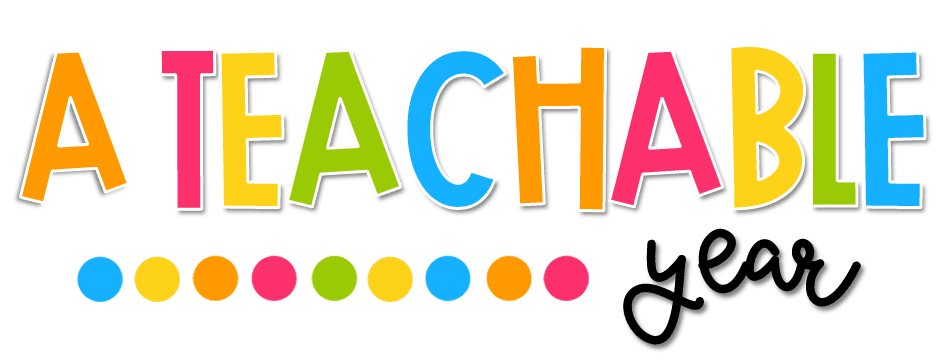Scattergories, a beloved word game cherished by players worldwide, offers a unique avenue for ESL (English as a Second Language) educators to infuse excitement and engagement into language learning. This classic game challenges players to think quickly and creatively as they generate words within specific categories, fostering vocabulary expansion and critical thinking skills. In this blog post, we will explore innovative ways to integrate Scattergories into the ESL classroom, transforming mundane language lessons into dynamic and interactive experiences that inspire students to unleash their linguistic prowess.
Vocabulary Enrichment:
Scattergories serves as a potent catalyst for vocabulary acquisition, encouraging students to explore a wide range of words within thematic categories. To incorporate Scattergories into vocabulary lessons, create custom game sheets featuring categories relevant to the lesson objectives. For instance, if the lesson centers on adjectives describing personality traits, the categories could include "Kind," "Energetic," and "Clever." Divide the class into small groups and provide each group with a game sheet and a timer. Challenge students to brainstorm as many words as possible that fit each category within the allotted time. Afterward, facilitate group discussions to review and expand upon the generated vocabulary, fostering collaborative learning and word exploration.
Grammar and Sentence Construction:
Grammar and Sentence Construction:
Scattergories can be seamlessly integrated into grammar instruction to reinforce sentence structure and grammatical concepts. Modify the game by assigning specific grammatical elements or sentence patterns to each category. For example, categories may focus on different verb tenses, sentence types (declarative, interrogative, imperative), or parts of speech (nouns, verbs, adjectives). Students must then formulate grammatically correct sentences incorporating the words generated for each category. This activity not only reinforces grammar rules but also promotes linguistic fluency and sentence variety as students construct meaningful sentences within a constrained framework.
Cultural Connections and Diversity:
Cultural Connections and Diversity:
Scattergories presents an opportunity to celebrate linguistic diversity and cultural richness within the ESL classroom. Customize game categories to encompass words and concepts from diverse cultural backgrounds, inviting students to explore and share their unique perspectives. Encourage students to contribute words and phrases from their native languages, fostering cross-cultural exchange and appreciation. By embracing cultural diversity through Scattergories, educators cultivate inclusive learning environments that honor and celebrate students' linguistic heritage.
Critical Thinking and Strategy:
Critical Thinking and Strategy:
Beyond its linguistic benefits, Scattergories cultivates critical thinking skills and strategic decision-making. Challenge students to prioritize words that are both relevant to the category and less likely to be duplicated by their peers, fostering strategic thinking and vocabulary selection. Additionally, introduce variations of the game, such as timed rounds or thematic challenges, to add complexity and intrigue. By encouraging students to think critically and strategically, Scattergories enhances cognitive flexibility and problem-solving abilities, preparing students to navigate real-world language challenges with confidence.
Whether used as a standalone activity or integrated into broader lesson plans, Scattergories empowers students to explore the vast expanse of the English language with enthusiasm and confidence. Embrace the endless possibilities of Scattergories and watch as your ESL classroom blossoms into a hub of creativity and vocabulary mastery.




No comments
Post a Comment
Thanks for your comment!